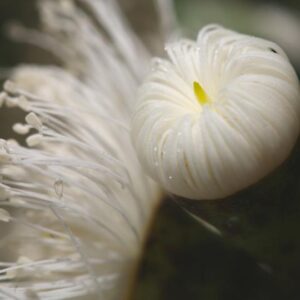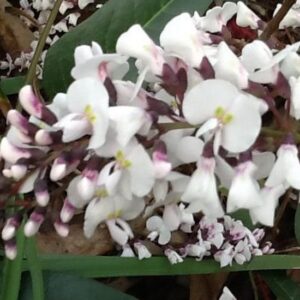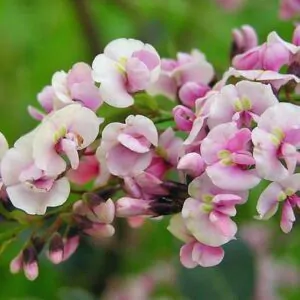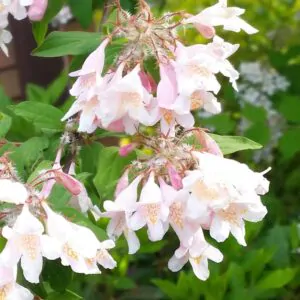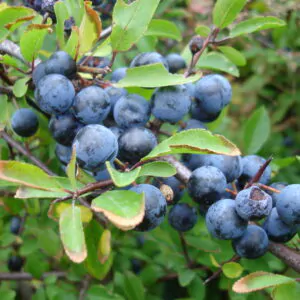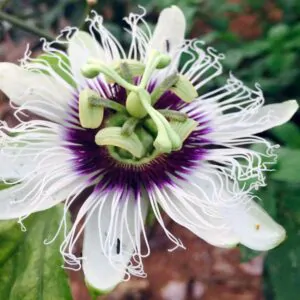$4.29
/ per pack
Choose seeds per pack:
Botanical nomenclature: Jacaranda mimosifolia /Jacaranda acutifolia
Common name: Jacaranda, Blue Jacaranda, Black Poui, Nupur
Kingdom: Plantae
Clade: Tracheophytes
Clade: Angiosperms
Clade: Eudicots
Clade: Asterids
Order: Lamiales
Family: Bignoniaceae
Genus: Jacaranda
Species: J. mimosifolia
Jacaranda mimosifolia is a sub-tropical tree native to south-central South America that has been widely planted elsewhere because of its attractive and long-lasting violet-colored flowers. It is also known as the jacaranda, blue jacaranda, black poui, Nupur or fern tree.
This plant has won the Royal Horticultural Society’s Award of Garden Merit.
The city of Grafton on the north coast of New South Wales, Australia, is famous for its jacarandas. Each year in late October and early November, the city has a jacaranda festival.
The tree grows to a height of up to 20 m (66 ft). Its bark is thin and grey-brown, smooth when the tree is young but eventually becoming finely scaly. The twigs are slender and slightly zigzag; they are a light reddish-brown. The flowers are up to 5 cm (2 in) long, and are grouped in 30 cm (12 in) panicles. They appear in spring and early summer, and last for up to two months. They are followed by woody seed pods, about 5 cm (2 in) in diameter, which contain numerous flat, winged seeds. The blue jacaranda is cultivated for the sake of its large compound leaves, even in areas where it rarely blooms. The leaves are up to 45 cm (18 in) long.
The unusually shaped, tough pods, which are 5 to 8 cm (2 to 3 in) across, are often gathered, cleaned and used to decorate Christmas trees and dried arrangements.
Jacaranda mimosifolia is native to northwestern Argentina (Salta, Jujuy, and Catamarca provinces) and southern Bolivia. It is found in the Dry Chaco and flooded savannas, and in the Southern Andean Yungas of the eastern Andean piedmont and inter-Andean valleys, up to 2600 meters elevation. In its native range the tree is threatened by uncontrolled logging and clearing of land for agriculture.
In the United States, the jacaranda is grown extensively in California, the Southwest, southeast Texas and Florida. Jacaranda can be found throughout most of Southern California, where they were imported by the horticulturalist Kate Sessions. They are also planted as far north as the San Francisco Bay Area and along the frost-free coastal regions of Northern California. Phoenix, Arizona and San Diego, California are known for them.
Jacarandas can be found in many parts of Mexico City and are usually in full bloom in March.
It’s one of the most common trees in Argentina’s capital city. In Europe the jacaranda is grown on the Mediterranean coast of Spain, in southern Portugal (notably in Lisbon), southern Italy (Naples and Cagliari have many mature specimens), southern Greece (especially Athens) and the islands of Malta and Cyprus. It was introduced to Cape Town by Baron, the administrative capital of South Africa; Johannesburg, the economic hub of South Africa; Lusaka, the capital of Zambia; Gaborone, the capital of Botswana; Nairobi, the capital of Kenya; Harare, the capital of Zimbabwe;Kathmandu, the capital of Nepal and Maharashtra, Madhya Pradesh, Karnataka, Kerala, and Jharkhand states in India.
| Weight | N/A |
|---|
